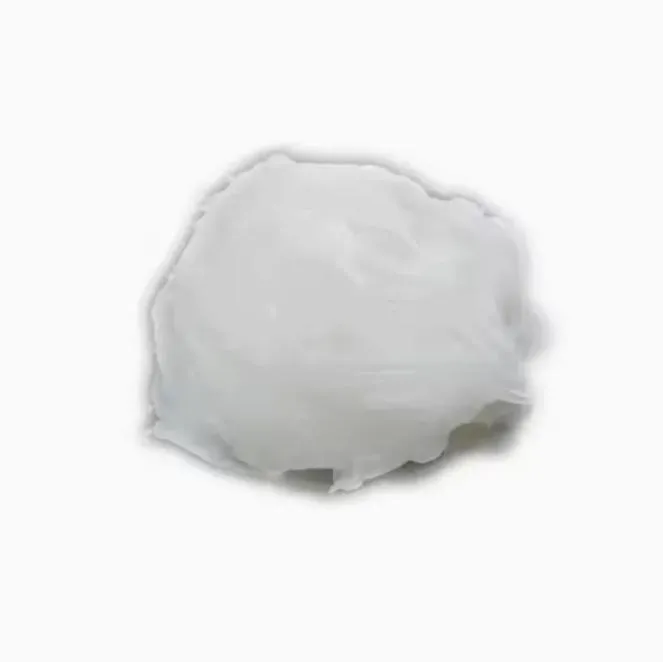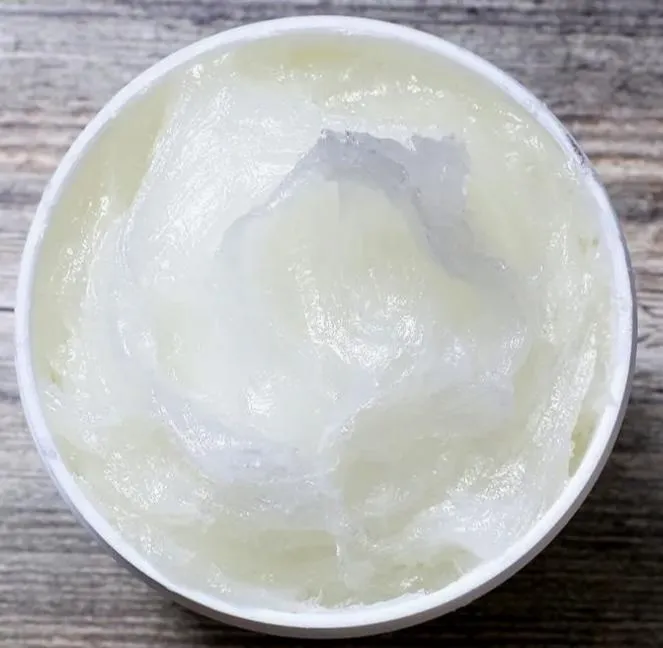Warning: Undefined array key "title" in /home/www/wwwroot/HTML/www.exportstart.com/wp-content/themes/1198/header.php on line 6
Warning: Undefined array key "file" in /home/www/wwwroot/HTML/www.exportstart.com/wp-content/themes/1198/header.php on line 7
Warning: Undefined array key "title" in /home/www/wwwroot/HTML/www.exportstart.com/wp-content/themes/1198/header.php on line 7
Warning: Undefined array key "title" in /home/www/wwwroot/HTML/www.exportstart.com/wp-content/themes/1198/header.php on line 7
- afrikanesch
- Albanesch
- Amharesch
- Arabesch
- Armenesch
- Aserbaidschan
- Baskesch
- wäissrussesch
- Bengalesch
- Bosnesch
- Bulgarescg
- katalanesch
- Cebuano
- China
- China (Taiwan)
- korsesch
- Kroatesch
- Tschechesch
- Dänesch
- Hollänesch
- Englesch
- esperanto
- Estonesch
- Finnesch
- Franséisch
- friesesch
- Galizesch
- Georgesch
- Däitsch
- Griichesch
- Gujarati
- Haitescht Creole
- Haussa
- Hawaianesch
- Hebräesch
- Nee
- Miao
- Ungaresch
- Islännesch
- igbo
- Indonesesch
- Iresch
- Italienesch
- Japanesch
- Javanesesch
- Kannada
- kasachesch
- Khmer
- Rwandaner
- Koreanesch
- kurdesch
- kirgisesch
- TB
- laténgesch
- Lettesch
- litauesch
- lëtzebuergesch
- Mazedonesch
- Malgashi
- Malaiesch
- Malajalam
- Maltesesch
- maoresch
- Marathi
- mongolesch
- Myanmar
- Nepalesesch
- Norweegesch
- Norweegesch
- Okzitanesch
- pashtu
- Persesch
- Polnesch
- Portugisesch
- pundschabi
- Rumänesch
- Russesch
- Samoan
- Schottesch Gaelesch
- serbesch
- Englesch
- Shona
- Sindhi
- Sinhala
- Slowakesch
- Slowenesch
- somalesch
- Spuenesch
- Sundanesesch
- Swahili
- Schweedesch
- Tagalog
- Tadschi
- Tamil
- Tataresch
- Telugu
- Thai
- tierkesch
- turkmenesch
- Ukrainesch
- Urdu
- Uighur
- Usbekesch
- Vietnamesesch
- Waliser
- Hëllef
- jiddesch
- Yoruba
- Zulu
Jun . 17, 2025 10:54 Zréck op d'Lëscht
Petroleum Jelly in Skincare: Balancing Benefits and Backlash
For over 150 years, petroleum jelly has been a staple in skincare, lauded for its versatility and affordability. Derived from petroleum refining, this semi-solid mixture of hydrocarbons serves as a occlusive barrier, locking in moisture and protecting compromised skin. However, debates about its petroleum jelly use in modern skincare—ranging from pore-clogging risks to environmental concerns—have sparked a reevaluation of its role in beauty and wellness. This article unpacks the science behind petroleum jelly material, its petroleum jelly function in formulations, and the controversies shaping its future in wholesale skincare markets.

The Multifaceted of Petroleum Jelly Benotzt in Skincare
Petroleum jelly use spans moisturizing dry skin, healing minor wounds, and protecting against environmental irritants. Its hypoallergenic nature makes it a go-to ingredient in products like lip balms, diaper creams, and barrier ointments. For wholesalers, its cost-effectiveness and long shelf life (up to 10 years unopened) drive bulk demand, particularly in medical-grade skincare lines. Manufacturers often blend it with ceramides or antioxidants to enhance its efficacy in repairing compromised skin barriers. However, its role in cosmetics has faced scrutiny, with some brands opting for plant-based alternatives amid shifting consumer preferences.
Nonetheless, petroleum jelly retains a loyal consumer base due to its reliability and proven track record. Many individuals appreciate its ability to create a protective barrier on the skin, locking in moisture and guarding against external aggressors. The blending of petroleum jelly with ceramides and antioxidants further bolsters its appeal, as these ingredients work synergistically to strengthen the skin's natural barrier function and combat signs of aging. Despite the rise of plant-based alternatives, petroleum jelly continues to hold a significant place in the cosmetics industry, catering to those who prioritize efficacy and cost-effectiveness.

How Petroleum Jelly Functions as a Skin Protectant
The petroleum jelly function hinges on its occlusive properties. By forming a water-repellent layer on the skin’s surface, it reduces transepidermal water loss (TEWL) by up to 98%, making it invaluable for treating conditions like eczema or psoriasis. Unlike humectants (e.g., hyaluronic acid), which attract moisture, petroleum jelly material acts as a shield, preventing moisture escape and external irritants from penetrating. This makes it a key ingredient in post-procedure skincare (e.g., post-laser treatments) and industrial hand creams for workers exposed to harsh chemicals.
The Science Behind Petroleum Jelly Material
Petroleum jelly material is a byproduct of crude oil refining, composed primarily of saturated hydrocarbons (C15–C40). Rigorous purification processes remove impurities like polycyclic aromatic hydrocarbons (PAHs), ensuring compliance with USP or European Pharmacopoeia standards. For wholesalers, sourcing pharmaceutical-grade petroleum jelly (≥99% purity) is critical, as lower-grade variants may contain allergens or toxins. Advances in molecular distillation now allow “white petroleum jelly,” a highly refined version favored in cosmetics for its odorless, translucent quality.
Controversies Surrounding Petroleum Jelly Benotzt in Modern Skincare
Despite its benefits, petroleum jelly use faces backlash:
Comedogenicity Concerns: While non-comedogenic in its pure form, improper formulation can trap debris, exacerbating acne.
Environmental Impact: As a petroleum derivative, its production contributes to fossil fuel dependency, clashing with clean beauty trends.
Misinformation: Myths about carcinogenicity persist, despite FDA and EU approvals for cosmetic use.
These myths often stem from misunderstandings about the ingredients and manufacturing processes of petroleum jelly. Consumers may confuse it with other petroleum-based products that have indeed shown carcinogenic properties. However, rigorous testing and regulations ensure that petroleum jelly sold for cosmetic use is safe and free from harmful contaminants.
Wholesale buyers increasingly seek alternatives like plant-derived squalane or shea butter, though these often lack petroleum jelly function at a comparable price point.
Frequently Asked Questions About Petroleum Jelly Benotzt in Skincare
Is petroleum jelly material safe for all skin types?
Yes. Highly refined petroleum jelly material is hypoallergenic and non-irritating, suitable even for sensitive skin. However, those with acne-prone skin should avoid heavy applications on active breakouts.
Does petroleum jelly material clog pores?
Pure petroleum jelly is non-comedogenic (doesn’t clog pores). Issues arise when it’s mixed with comedogenic ingredients like certain oils or applied over dirty skin.
Can petroleum jelly function replace moisturizers?
It complements but doesn’t replace moisturizers. Its petroleum jelly function is to seal in moisture, so apply it over hydrating products like serums or lotions.
Are plant-based alternatives as effective as petroleum jelly use?
Some alternatives (e.g., beeswax, cocoa butter) mimic its occlusive properties but may lack its inert stability or cost-effectiveness in bulk petroleum jelly use.
Is petroleum jelly material environmentally sustainable?
As a petroleum byproduct, its production has environmental drawbacks. However, upcycled “medical white oil” grades repurpose refinery waste, marginally improving sustainability.
From hospital shelves to high-end cosmetics, petroleum jelly remains a paradox—a relic of industrial chemistry that continues to earn its place in modern skincare. For wholesalers, navigating its benefits and controversies requires balancing cost, efficacy, and evolving consumer values. As the clean beauty movement grows, the future of petroleum jelly material may hinge on transparent education and innovative formulations that marry its timeless utility with contemporary ethics.
Neist Neiegkeeten
-
Certifications for Vegetarian and Xanthan Gum Vegetarian
NeiegkeetenJun.17,2025
-
Sustainability Trends Reshaping the SLES N70 Market
NeiegkeetenJun.17,2025
-
Propylene Glycol Use in Vaccines: Balancing Function and Perception
NeiegkeetenJun.17,2025
-
Petroleum Jelly in Skincare: Balancing Benefits and Backlash
NeiegkeetenJun.17,2025
-
Energy Price Volatility and Ripple Effect on Caprolactam Markets
NeiegkeetenJun.17,2025
-
Spectroscopic Techniques for Adipic Acid Molecular Weight
NeiegkeetenJun.17,2025

